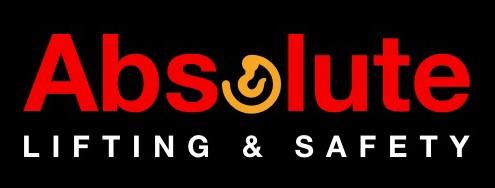Wire Rope Inspections
Wire rope inspections which include visually inspecting the outer parts of rope for deformations, such as loose strands are essential prior to operation.
Internal Wire Rope Inspection
Internal deterioration is the primary cause of many rope failures, mainly due to corrosion and the normal progress of fatigue. Single-layer stranded ropes may be opened up slightly to allow an assessment of their internal condition, provided that they are at zero tension; though, some restrictions occur with large rope sizes. Permanent damage can be caused to multi-layer wire ropes if they are opened.
Internal wire rope inspections should always be carried out by a capable person. The method of inspection consists of firmly attaching two clamping jaws of appropriate size at a suitable distance apart to the rope. During the inspection of sections of rope adjacent to terminations, it is adequate to use a single clamping jaw, since the end anchorage system, or a bar suitably located through the end portion of the termination, may be used as the second clamp.
By the application of a force to the clamping jaws in the opposite direction to the rope lay, the outer strands separate and move away from the core. Care should be taken during the opening process to ensure that the clamping jaws do not slip about the outside of the rope. The strands should not be displaced excessively. When a limited opening is achieved, a small probe, such as a screwdriver, may be used to remove grease or debris that could obstruct observation of the interior of the rope. The crucial points that should be observed are as follows:
- State of the internal lubrication
- Degree of corrosion
- Indentation of wires caused by pressure or wear
- Existence of wire breaks (these are not necessarily visible)
After the wire rope inspection, a service dressing should be introduced into the opened part and the clamping jaws rotated with moderate force to ensure correct replacement of the strands around the core. After removal of the jaws, the outer surface of the rope should be greased. Since it is impossible to inspect the interior of the wire rope over the whole of its length, suitable sections shall be selected.
For wire ropes that wind onto a drum, or pass over pulleys or rollers, it is recommended that the lengths that engage the pulley grooves when the appliance is in a loaded condition be inspected. Those localised lengths in which shock forces are arrested (i.e., adjacent to drum and jib head pulleys) and those lengths that are particularly exposed to the weather for long periods should be inspected. Attention should be given to the length of rope close to its termination, and this is particularly important for fixed ropes, such as stays or pendants. This is where a visual inspection is complimented by a non-destructive test. .
Wire Rope Inspections for Cranes
Wire ropes should be kept lubricated to avoid friction between the wire rope and sheave can occur. Avoid tight sheaves as the material that the sheave is constructed from can impact on the wear rates of the sheave—a worn rope sheave will accelerate rope wear and damage.
Wire Rope Snaps on Crane
A crane at MainBeach has malfunctioned, sending debris flying and leaving pieces of equipment lodged in nearby yards.
For further information on wire rope in terms of the Use, operation and maintenance refer to AS 2759-2004
To see our range of wire ropes and fittings view our wire rope products.
